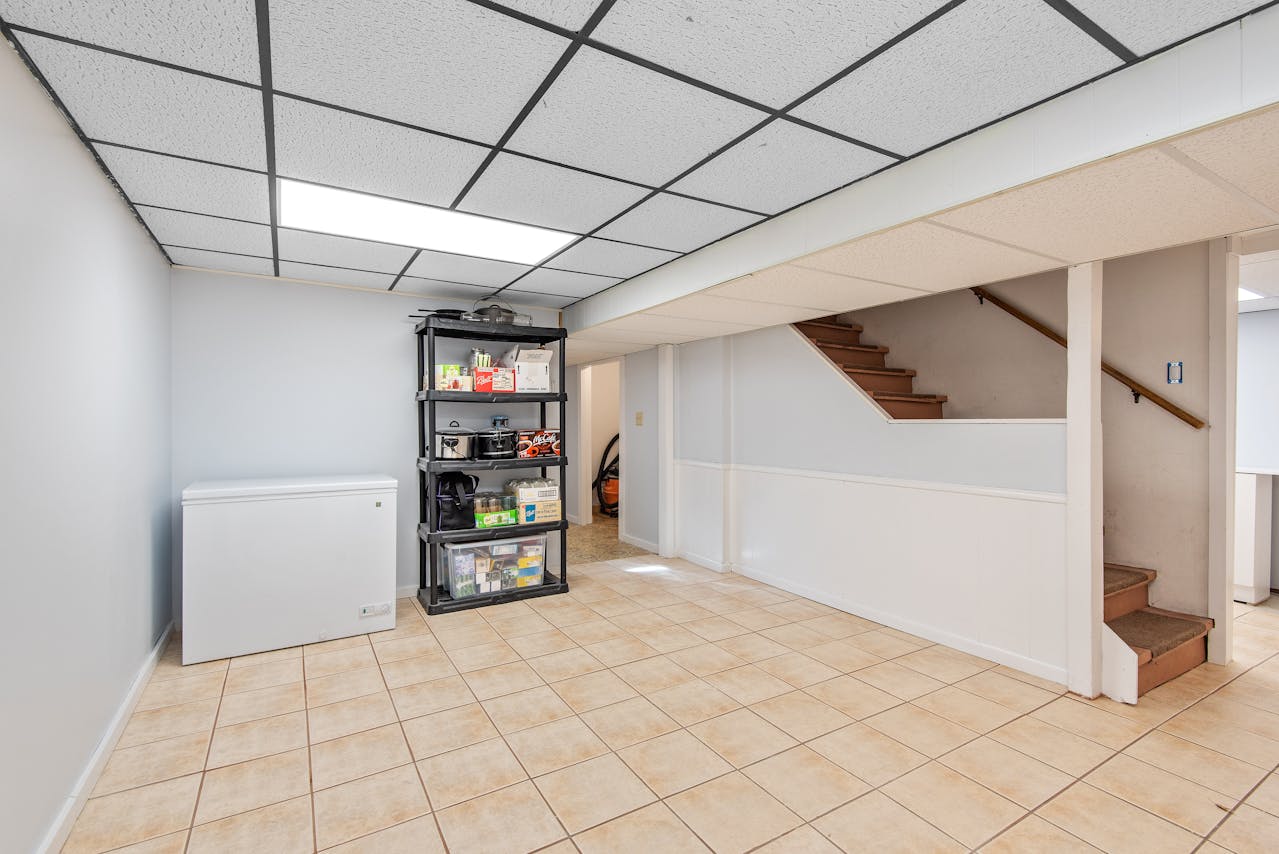When faced with a damp or wet basement, many people turn to a quick fix – repainting the walls, sealing a visible crack. However, addressing basement moisture effectively requires understanding the nuances of prevention and treatment. Two frequently heard terms are “damp proofing” and “waterproofing.” And while they might sound like they mean the same thing, they are in fact two different approaches to moisture control. Misunderstanding the difference can lead to ineffective solutions and recurring problems.
At Above Board, we specialize in comprehensive moisture solutions for basements. We know that choosing the right strategy is critical for lasting results, which is why we’re here to break down the differences between damp proofing and waterproofing, helping you determine what your basement needs to stay dry.
Damp Proofing
Damp proofing is a surface treatment typically applied to the exterior of a basement wall during construction. The primary purpose is to resist soil moisture from passing through the wall. Think of it as a barrier against humidity and very light moisture.
The process usually involves applying a liquid asphalt-based coating or a specialized rubberized membrane to the exterior of the foundation walls. It helps prevent general dampness and musty smells caused by moisture vapor. It’s an effective measure for homes built on relatively well-drained soil where water pushing against the foundation is not a concern. However, damp proofing is not meant to stop liquid water from entering the basement. If you have foundation cracks or if water is actively seeping through, damp proofing alone won’t solve your problem.
Waterproofing
By contrast, waterproofing is a much more robust and comprehensive solution designed to prevent the intrusion of liquid water, even when it’s pressing against the foundation. It creates a complete, impenetrable barrier that stops water from entering your basement through the walls or floor.
Waterproofing can be applied to the interior or exterior of the basement. Exterior waterproofing is generally considered to be the most effective, as it stops water before it reaches the foundation wall. This involves excavating the soil around the foundation, repairing any cracks, applying a waterproof membrane, installing a drainage system at the footing and then backfilling. As a result, a complete system to divert water is created.
Interior waterproofing, while not stopping water from reaching the foundation, manages the water once it has entered. This often involves sealing cracks, installing interior drainage systems and sump pumps to collect and pump out water before it causes damage. It effectively transforms a wet basement into a dry space by controlling water infiltration from within.
Determining the Solution for You
The choice between damp proofing and waterproofing largely depends on the nature and severity of your basement’s moisture problem.
Damping proofing makes the most sense if:
- You have a new construction and want a basic barrier against general soil moisture and humidity
- Your basement experiences only light dampness or has a consistently musty smell without visible signs of water intrusion
- Your home is built on well-drained soil with no prior history of water issues
Waterproof makes the most sense if:
- You have visible water entering your basement
- Your basement has water actively pushing through the foundation
- You see a white, powdery mineral deposit on your walls, indicating water is passing through and evaporating
- You have cracks in your foundation that are actively leaking
- You plan to finish your basement and want to ensure a completely dry and safe living space
- You are experiencing mold growth due to water intrusion
Attempting to damp proof a basement that requires waterproofing is like butting a band-aid on a gushing wound. It won’t solve the underlying problem, leading to continuous frustration and more costly damage down the line.
While understanding the difference is a great first step, accurately diagnosing your specific basement moisture issues requires professional expertise. Our team at Above Board can inspect your basement, identify the source of moisture and recommend whether basement damp proofing or waterproofing solutions are appropriate for your home. We’re dedicated to delivering lasting results through proven methods, ensuring your basement remains dry and healthy for years to come. Contact Above Board today for a professional basement inspection and let us help you find the right solution to protect your home and enhance your peace of mind.

